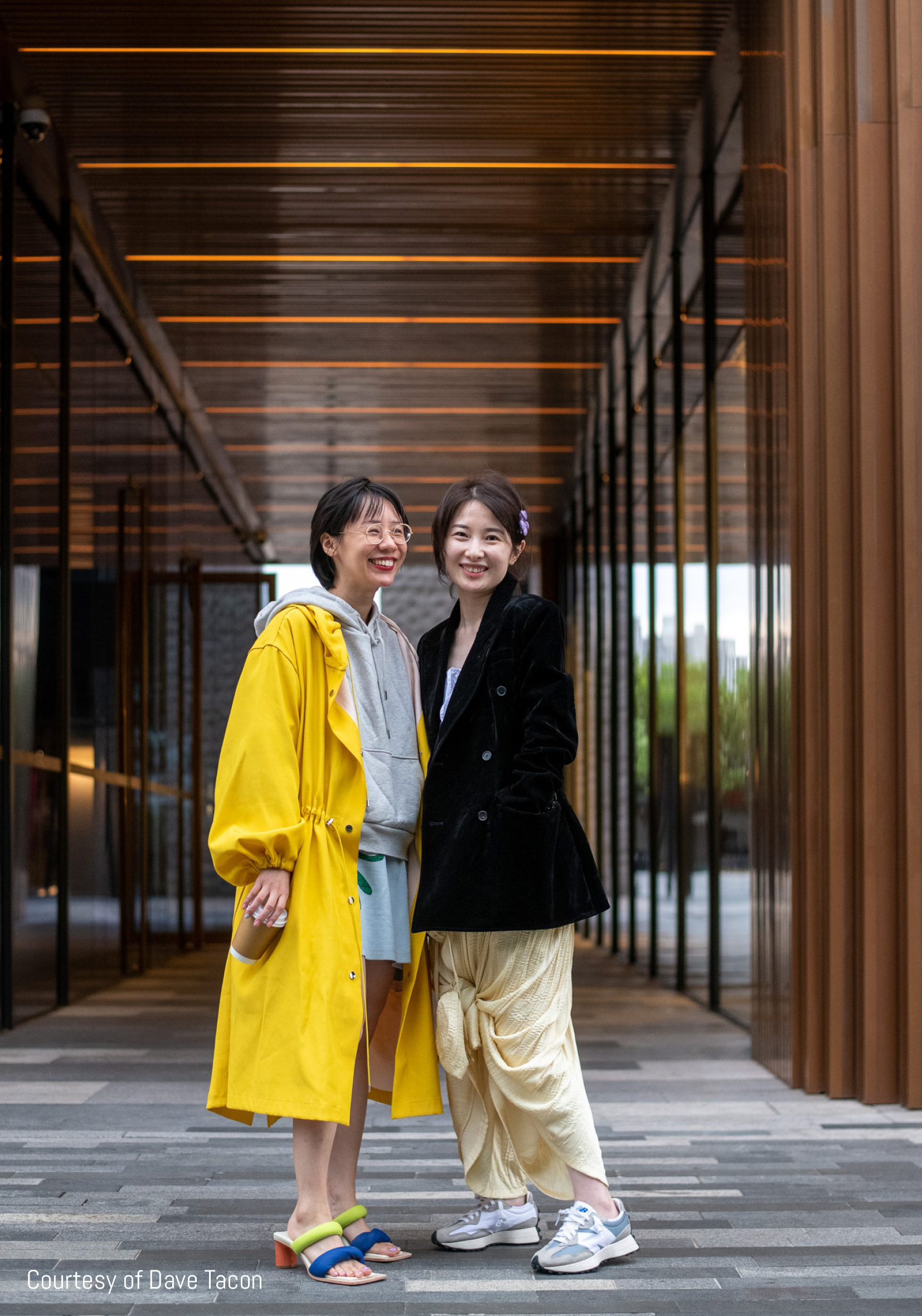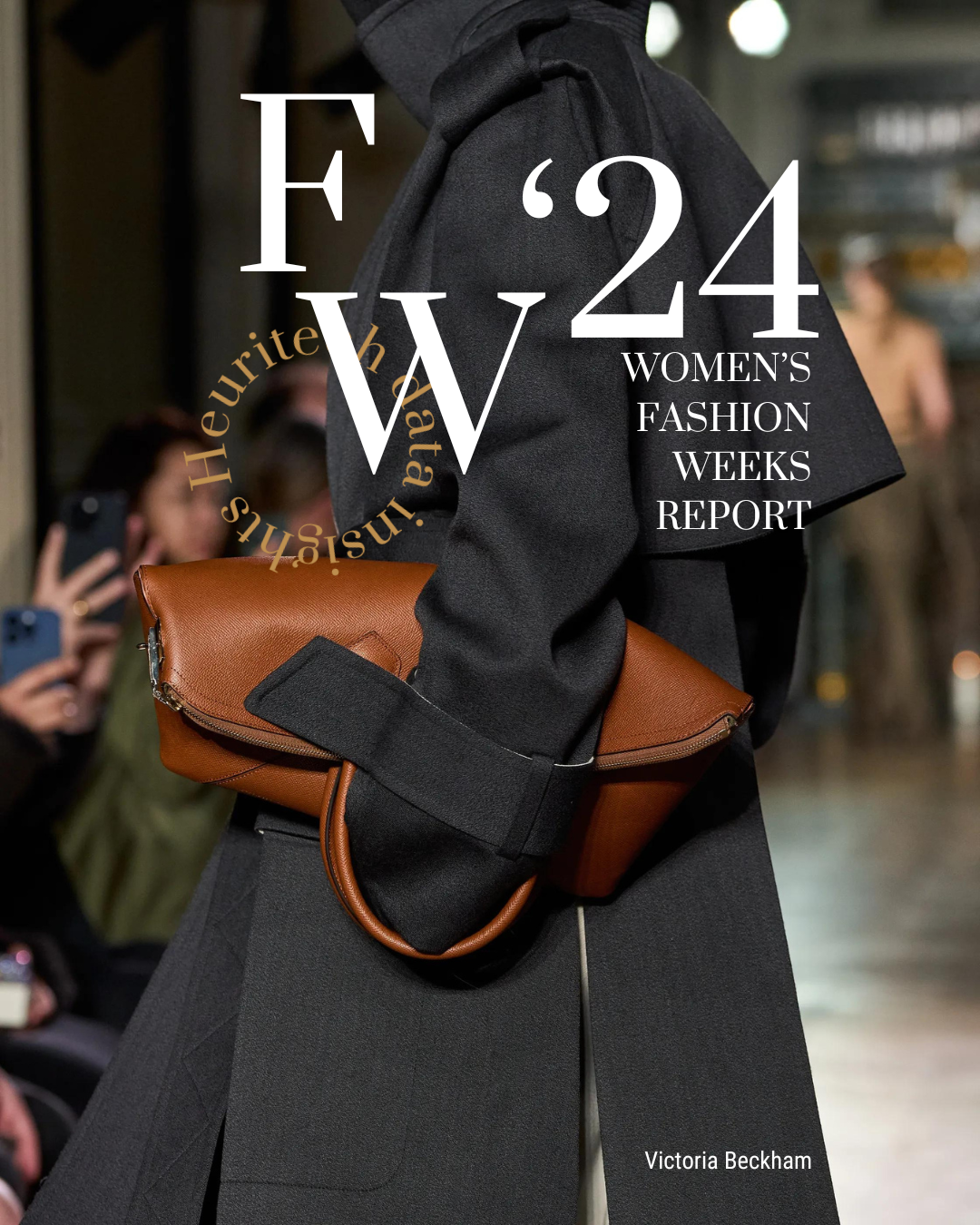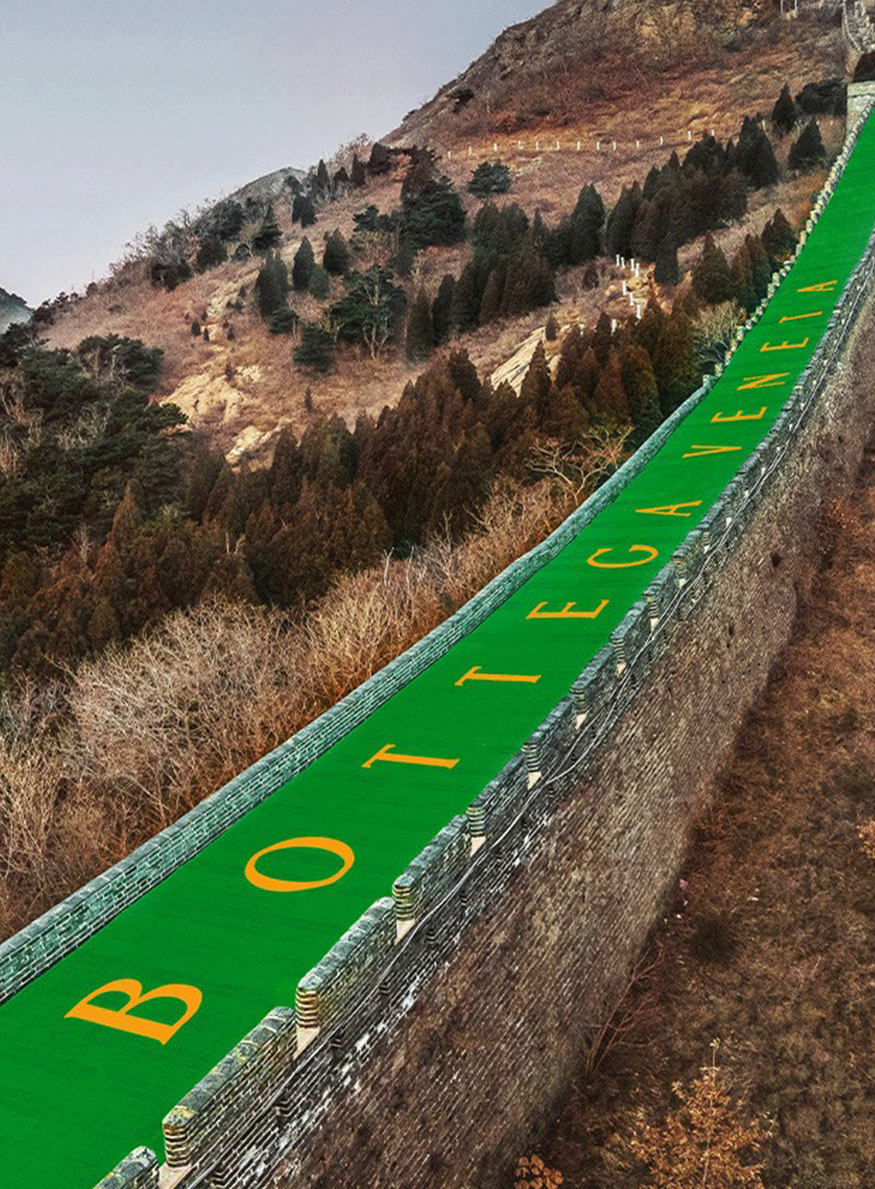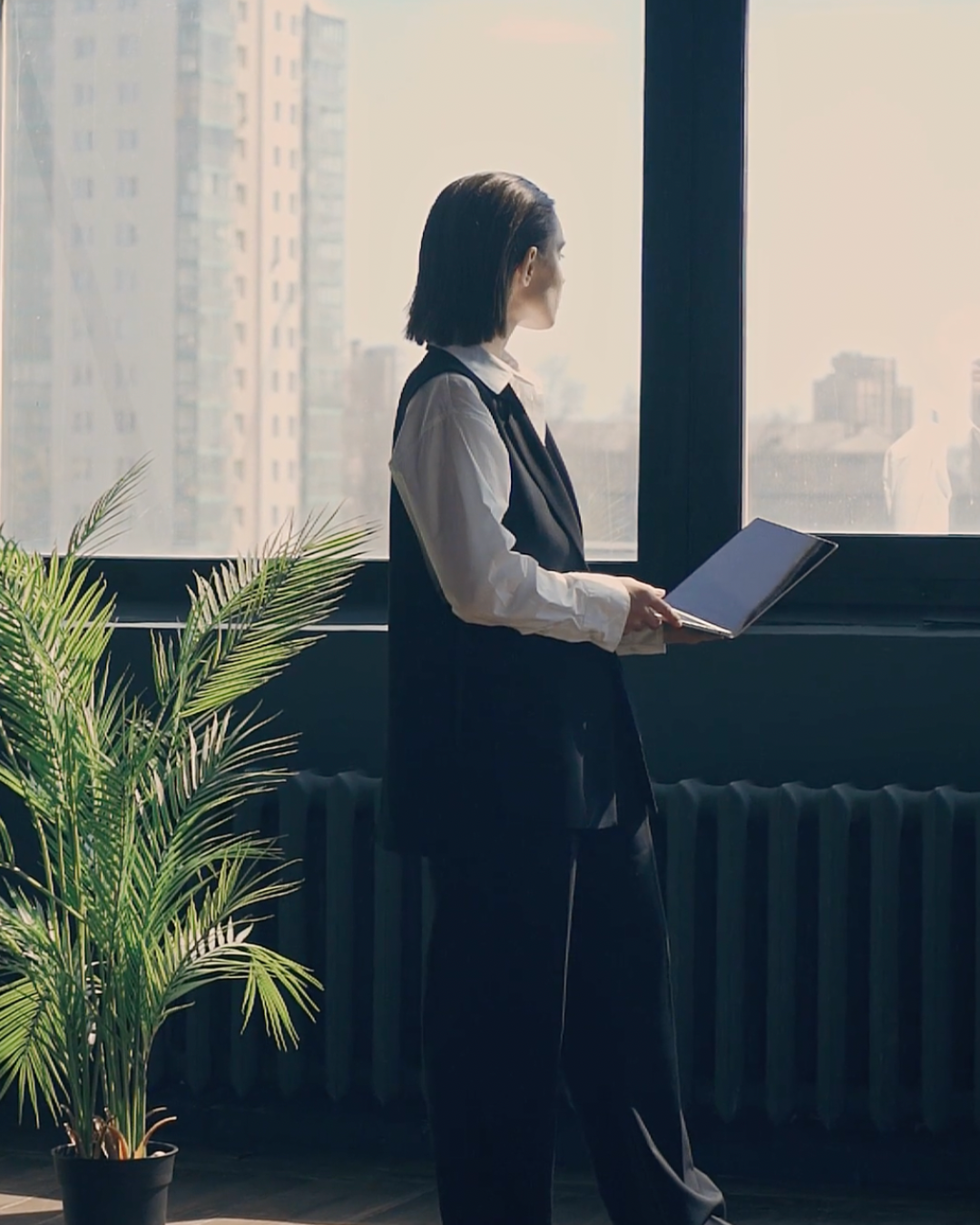China’s three major cities–Shanghai, Beijing, and Hong Kong–have become hotspots for new forms of expression through the birth and rebirth of movements in fashion. Influenced by Western brands ranging from Chanel to Fendi, as well as by traditional Chinese elements, China’s fashion industry is experiencing a wave of notoriety domestically and internationally. As it stands, China is the second largest apparel market in the world, eating up 18.4% of the total market worth of $1,773 billion USD. This is due in part to Chinese streetwear which has taken off in the past few years, as well as to designers and consumers alike who are becoming more comfortable experimenting with gender boundaries in fashion. As China embraces its design history and finds pride in various forms of creative expression, its fashion is reaching new heights.
Amplifying Chinese nationalism via fashion
Less than ten years ago, trendsetters in China could be seen decked out in Balenciaga, Louis Vuitton, and a slew of other foreign brands. Western fashion was a decent sign that you were en vogue, and even abroad, Chinese designers weren’t as well known as they are today. But thanks to an enhanced product design and quality, together with consumers’ rising patriotic vigor, Chinese domestic brands experienced a 32.6% boost in 2020’s first quarter even under the shadow of the pandemic. Among them, the fashion sector remained the most popular, taking over nearly 60% of total online sales of domestic brands.
Now, a number of Chinese designers are infusing traditional Chinese elements into their collections, and consumers are increasingly adopting “Made in China” as a symbol of pride and cultural resonance.
For example, the cheongsam, or qipao, is a fitted dress dating back to the Ming Dynasty in the 16th century, and today it is being revisited by modernizing certain details such as mandarin collars and knotted buttons on dresses and tops. Chinese designer Wang Xiaorou’s SS21 collection included qipaosin loud prints and bold colors such as turquoise and red, in order to give the dressesa street style touch for the everyday consumer. And according to Heuritech, turquoise is predicted to rise in visibility by +25% in Winter 2020 versus Winter 2019 for women on the Chinese fashion market, likely due to the underlying sentiment of consumers wanting to amplify their Chinese roots and culture.
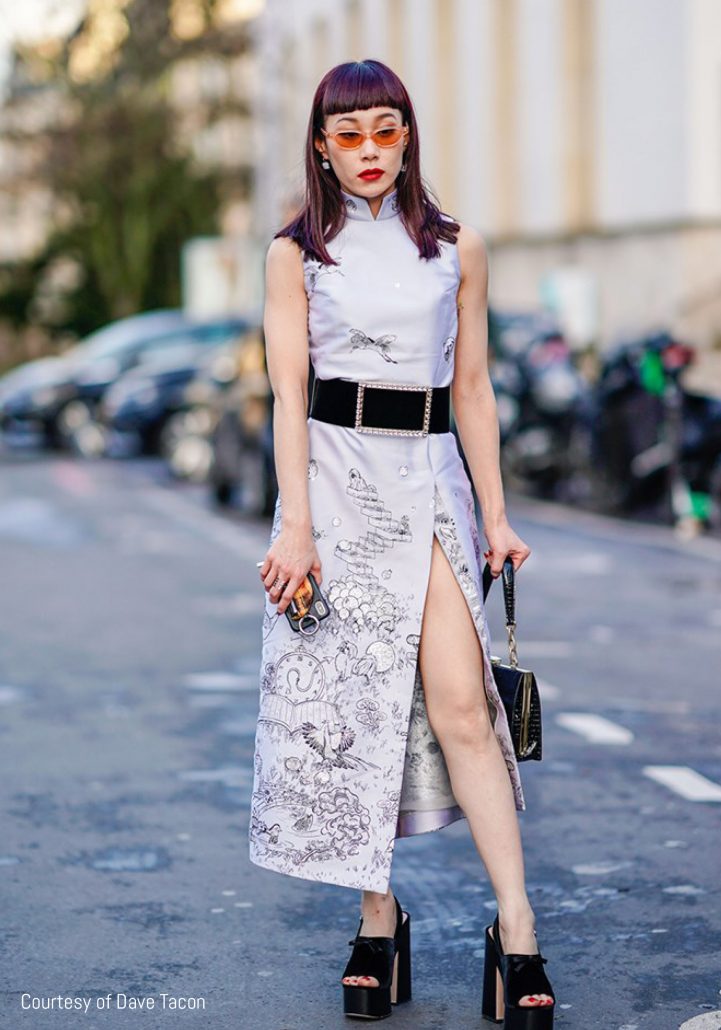
The boom of streetwear trends
Traditional Chinese clothing doesn’t always color in the lines, though: the massively popular streetwear trend ranges from classic streetwear to traditional hanfu clothing, a style of dress from the Han Dynasty. To see the impact of streetwear in China, one need look no further than street style images, often shot in the well-known fashion districts of Sanlitun in Beijing, Taikoo Li in Chengdu, and Xintiandi in Shanghai. TikTok and Douyin users share and watch videos of popular KOLs and fashion players in their best streetwear outfits, attesting to the appeal of this trend both domestically and abroad.
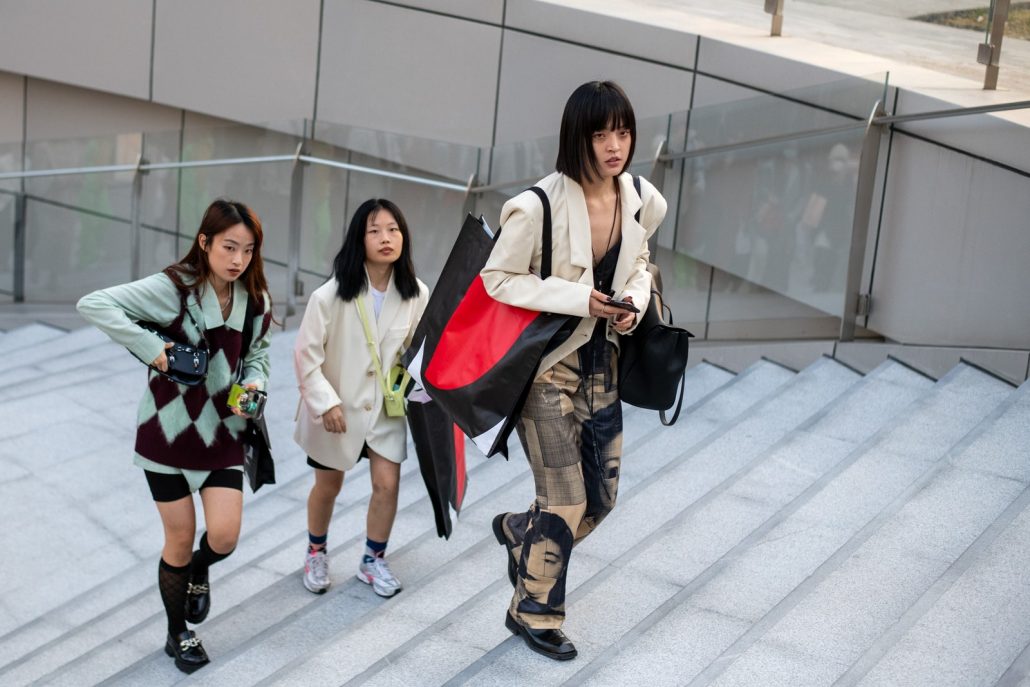
Street fashion’s momentum is strong: on Tmall, streetwear growth was 60% higher than other fashion categories in 2018, with sneakers and hoodies as the most sought-after items. Besides apparel, other categories with street elements such as collectable items and digital accessories also experience strong growths. Heuritech noted particular streetwear brands, each with a different source of inspiration. Pronounce and Xander Zhou are designer brands in the universe of all things chic and creative, while Reverb is a sustainable brand based in genderless athleisure. The list is long, but the common theme is one of the power of streetwear, a logical follow-up to China’s population concentration in major cities coupled with its growing influence on the global fashion market.
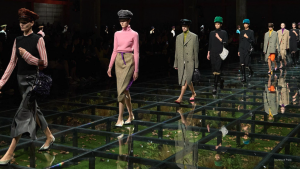
Chinese fashion designers toy with gender
Fashion has been moving more and more toward androgynous designs and silhouettes, particulary when it comes to streetwear. Men and women seem to dress from the same closet, blurring the boundaries of what it means to dress “feminine” or “masculine.” It comes as no surprise, then, that in 2018 genderless fashion saw a 340% growth. And compared to 2016, unisex apparel searches on Tmall spiked 150%.
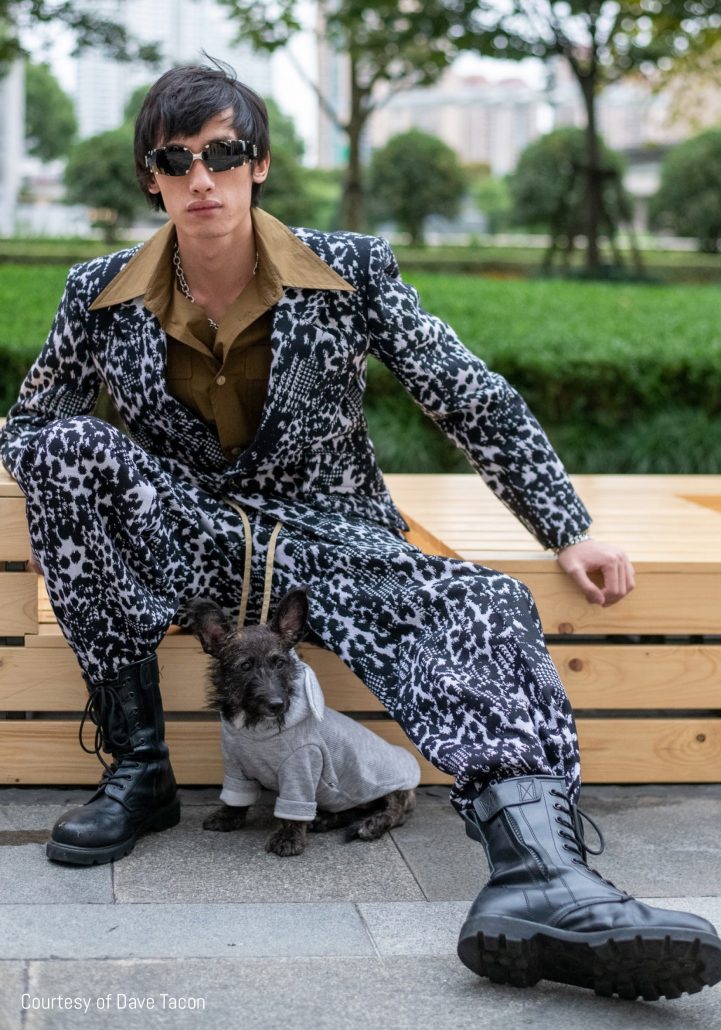
In China, men are increasingly moving towards more delicate items while females are enticed more by masculine styles, notably oversized sweatshirts and tshirts. This crossover is embraced domestically as both genders experiment with each other’s wardrobes: Heuritech’s trend predictions for leopard print signal this trade-off of feminine and masculine attributes, noting that leopard print is forecasted to rise +15% in Spring 2021 compared to last Spring.
Additionally, Chinese KOLs are a sign of this change, and Jackson Yee is a good example. Yee is a 19 year old C-Pop singer and actor, with over 10 million followers on Weibo. The young talent is a perfect reflection of men embracing femininity in fashion, posing as brand ambassador for a number of beauty and jewelry brands including Armani Beauty, Tiffany & Co, and Bvlgari Perfume. Questioning traditional standards is what art is about, and Chinese fashion seems to have picked up on the movement.
Whether fashion is expressed through traditional elements, as streetwear, by genderbending, or all three, one thing is certain: the Chinese fashion market is booming for a reason. Designers and consumers alike are finding their place through new forms of fashion, and Heuritech’s report with Luxurynsight, titled Fashion in China, explores these changes by analyzing the market and its trends.
